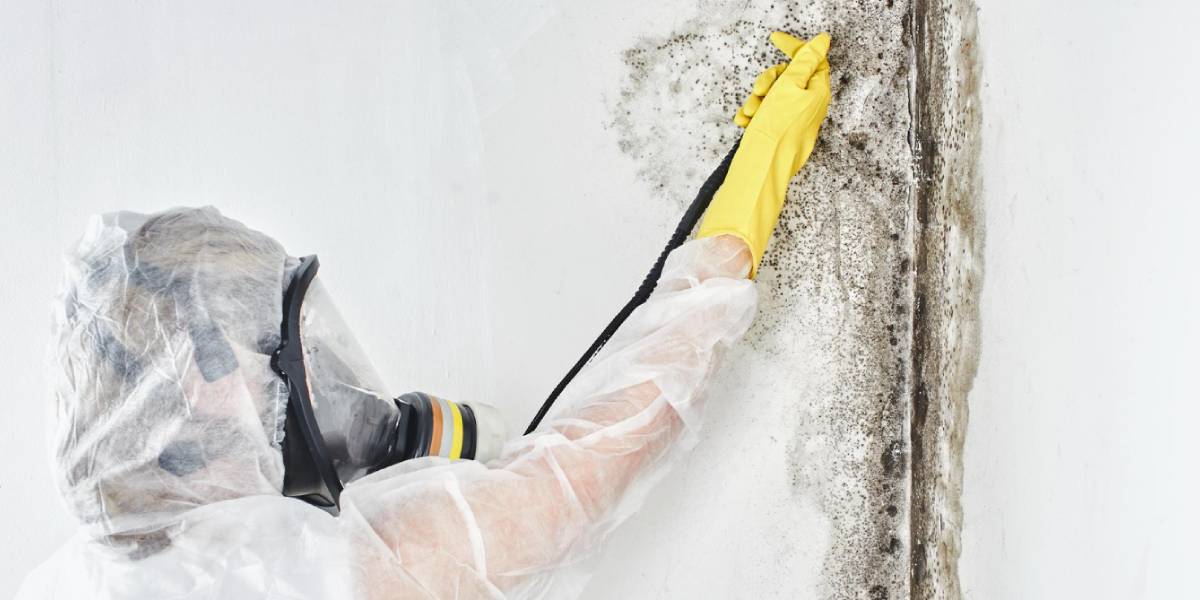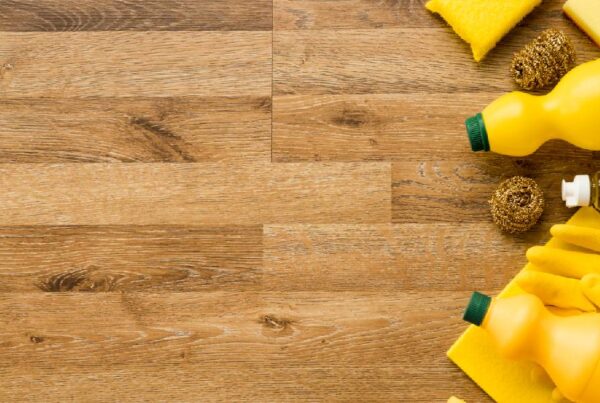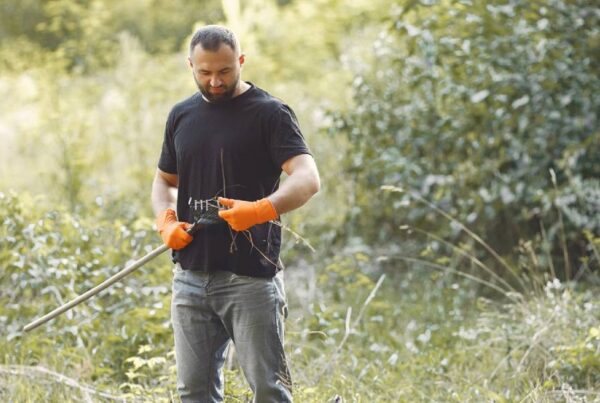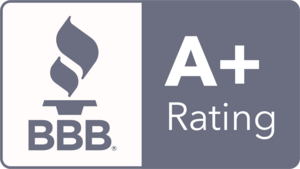Mold is more than just an unsightly nuisance. It poses serious health risks and damages your home. In this post, we will explore effective methods for how to get rid of mold, whether it is on walls, wood, or in high-moisture zones like bathrooms. You will also learn prevention strategies to keep mold from returning. For related services, check out our Remodel Services in Austin Texas for mold-resistant renovations.
Why Mold Cleaning Matters
Mold thrives in damp, warm, poorly ventilated areas and can trigger respiratory problems, allergies, and other health concerns. Early detection and proper cleanup are essential for health and for preserving your home.
How to Get Rid of Mold: Key Steps
Understand the Scope
If mold covers less than 10 square feet, you can likely handle cleaning it yourself. Larger infestations or issues involving HVAC systems, health vulnerabilities, or flood damage should be addressed by professionals.
Gear Up for Safety
Before tackling mold, protect yourself:
- Wear an N95 respirator or ventilator for heavier tasks, gloves, long sleeves, and eye protection.
- Keep the area well ventilated by opening windows and using fans.
Clean Hard Surfaces (Walls, Paint, Tiles)
- Remove mold using detergent and water, scrub thoroughly, and dry completely.
- As an alternative to bleach, you can use vinegar or hydrogen peroxide to kill and clean mold.
- For stubborn mold, mix one cup of bleach in a gallon of water, apply it carefully, and do not rinse off to let it keep working.
How to Remove Mold from Walls
Follow the same steps as above. Scrub with cleaner, try vinegar or a bleach mix as needed, then dry thoroughly.
How to Remove Mold from Wood
Mold on wood floors, furniture, or framing needs gentler treatment:
- Start by cleaning with mild dish detergent and water, or cleaning-strength vinegar.
- Scrub gently with a soft brush or sponge and avoid saturating the wood.
- Wipe away residue with a damp cloth without scrubbing too hard.
- Let the wood dry completely. Use a fan or dehumidifier for faster drying.
- If mold persists, use bleach by mixing one cup per gallon of water. Ensure proper ventilation and safety.
- In extreme cases, lightly sand away mold. Wear eye and respiratory protection and vacuum afterward with a HEPA filter.
- Dispose of moldy debris carefully, wash clothes separately, and clean the workspace thoroughly.
How to Get Rid of Mold in the Bathroom
Bathrooms provide perfect mold breeding grounds with their warmth, moisture, and poor airflow. To manage bathroom mold:
- Regularly scrub damp areas, especially tiles and grout.
- Use vinegar solutions or, if needed, a bleach mixture to kill mold.
- Improve ventilation with exhaust fans or by keeping windows open.
- Wipe surfaces dry after showers and clean grout with appropriate cleaners.
Prevention Is the Best Cure
- Control moisture sources by fixing leaks, ensuring proper drainage, and dehumidifying basements.
- Maintain humidity levels below 50 percent using dehumidifiers or air conditioning as needed.
- Increase airflow by using exhaust fans, opening windows, and keeping HVAC systems clean and ventilated.
- Clean regularly. Wipe bathroom walls and other prone areas, and launder damp fabrics promptly.
- Use mold-resistant building materials such as mildewcide paint or treated wood, especially in high-moisture zones.
When to Call a Professional
Contact a mold remediation specialist if:
- Mold covers more than 10 square feet.
- It has invaded structural elements or HVAC systems.
- Mold remains despite multiple DIY cleaning efforts.
- Someone in your home has allergies, asthma, or a compromised immune system.
- The mold growth is linked to flooding or significant water damage.
Summary Table
| Scenario | Recommended Action |
| Small mold on walls or tiles | Scrub with detergent or vinegar, rinse and dry |
| Mold on wood | Clean gently, ventilate, dry, sand if persistent |
| Bathroom mold | Clean regularly, ventilate, use mold-killing solutions |
| Prevention | Fix leaks, dehumidify, improve airflow, use resistant materials |
| Large or serious mold | Hire professionals for remediation |
Final Thoughts
Dealing with mold begins with proper safety measures and the right cleaning approach. Once removed, prevention plays the biggest role in keeping it from returning. Managing moisture, improving ventilation, and choosing materials designed to resist mold can help protect your home for the long term. For larger issues that go beyond simple cleaning, it is always best to consult professionals. And if you are considering a home upgrade, working with a trusted Remodel Services In Austin, TX can ensure your space is built to be healthier, safer, and more resistant to future mold growth.


